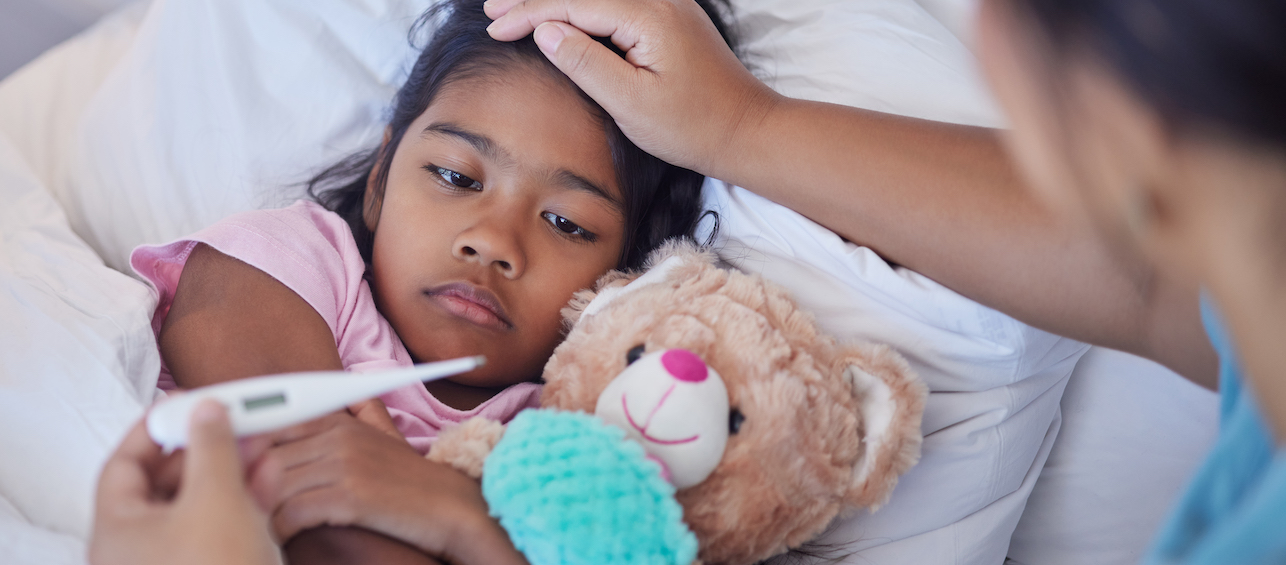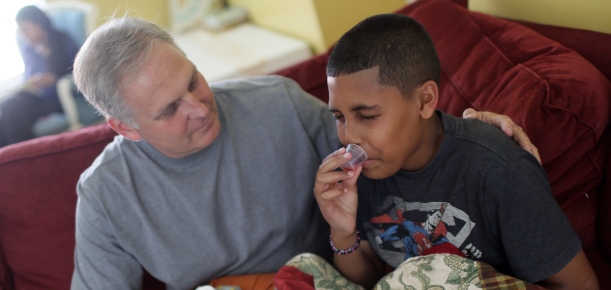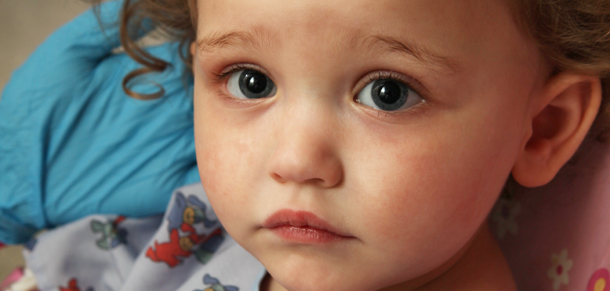Fevers in kids can be confusing for parents. Your child might look really sick but have a low-grade fever. Or you could have a kid with a pretty high temperature who is otherwise not acting sick at all. Just what is your child’s temperature telling you?
In general, the fever itself doesn’t tell you or your child’s doctor a whole lot. The best information comes from the other symptoms that are present along with the fever. Those other symptoms help us figure out what’s going on with your child and how best to treat the illness.
It’s important to note here that the information I’m discussing in this post applies to children older than 2 months of age. If an infant less than 2 months of age has a rectal temperature of 100.4°F or higher, call your pediatrician immediately as this is considered a medical emergency.
These are the questions I most often hear in relation to fevers:
1. What is a fever?
A fever is not an illness; it is a symptom of an illness. Fevers are a reaction of the body’s immune system to fight an infection. Simply put, fevers are the body doing its job trying to get an infection to go away. A fever itself does not cause any harm.
2. What temperature is considered a fever?
A rectal temperature of 100.4°F (38°C) or higher is considered a fever.
Body temperature can vary throughout the day. 98.6°F (37°C) is considered normal, but exercise, how your child is dressed, and even what they eat or drink can change their body temperature. So a rectal temperature up to and including 100.3°F (37.9 C) can still be considered normal.
In general, kids tend to have higher fevers than adults. But how high a temperature is doesn’t necessarily tell how sick your child is.
3. What is the best way to take a child’s temperature?
I encourage taking rectal temperatures up to age 3 months, because they are the most accurate in terms of measuring body temperature. By age 4 or 5 years, you can start working with your child to take an oral temperature.
An axillary temperature (with the thermometer placed in the armpit) is the least effective measure of body temperature, but it can be useful if your child is sleeping or to monitor the trajectory of a temperature. Other types of thermometers include temporal artery thermometers for the forehead (for all ages) and tympanic thermometers for the ear (for children 6 months and older).
Whatever way you take your child’s temperature, write these things down each time you take it:
- The time you took your child’s temperature
- What the temperature was
- How you took it—rectal, oral, axillary or a different method
This information may be useful for your pediatrician.
Remember to take your child’s temperature before giving them any fever-reducing medication.
4. How long can fevers hang around?
A typical run-of-the-mill virus can cause a fever that lasts up to five days.
With a lot of viruses we see, your child may not have a fever in the morning but will have one in the evening. This doesn’t mean the child is getting sicker throughout the day or has picked up a new illness; it’s simply the normal course of the virus. (We especially see this a lot with summer viruses.)
High fevers that are persistent and return over and over again can be an indication of a more serious illness. In these cases, keep an eye on it, track your child’s fevers, and keep in touch with your doctor about how often they occur and how high they get.






Very informative and helpful article